Match The Structure With Its Protective Function

From the microscopic world of cellular biology to the macroscopic scale of national infrastructure, the relationship between structure and protective function is a fundamental principle in both natural and engineered systems. A recent symposium at the National Institute of Standards and Technology (NIST) brought together experts from diverse fields to explore this interconnectedness, examining how specific structural designs contribute to defense mechanisms against various threats.
The symposium, held from October 26-28, 2023, aimed to foster interdisciplinary collaboration and highlight the importance of understanding structural integrity in safeguarding living organisms and human-made constructions. Participants included biologists, engineers, architects, and material scientists, all contributing their unique perspectives on the intricate interplay between form and resilience. The implications of this research touch on areas ranging from disease prevention to infrastructure security, impacting both individual well-being and societal stability.
Cellular Structures and Immunity
The first day of the symposium focused primarily on biological systems. Several presentations highlighted the structural basis of immune defense at the cellular level. Researchers showcased how the specific arrangement of proteins and lipids in cell membranes can prevent pathogen entry.
Dr. Emily Carter from Harvard Medical School presented her team's findings on the role of tight junctions in epithelial cells as barriers against infection. She emphasized that disruptions in these structures, caused by genetic mutations or environmental factors, can significantly increase susceptibility to disease. "Maintaining the integrity of these cellular barriers is crucial for preventing the invasion of harmful microorganisms," Dr. Carter stated in her presentation.
Another presentation by Dr. Kenji Tanaka from the University of Tokyo explored the structural organization of antibodies and their ability to neutralize viruses. His research revealed the precise binding mechanisms between antibodies and viral surface proteins, highlighting the importance of specific amino acid sequences in determining antibody efficacy.
Plant Defenses: A Lesson in Structural Adaptation
The discussion extended beyond animal cells to examine plant defense mechanisms. Prof. Maria Rodriguez from the University of California, Davis presented a compelling case study on the structural adaptations of plant cell walls that protect against fungal pathogens. She showed how the deposition of lignin and other strengthening compounds in the cell wall acts as a physical barrier, preventing fungal enzymes from degrading plant tissues.
Engineered Structures and Resilience
The symposium's second day shifted its focus to engineered systems and their ability to withstand various environmental and man-made threats. Presentations covered a wide range of structures, from bridges and buildings to protective gear and aerospace components.
Dr. David Lee, a structural engineer from Stanford University, discussed the design principles for earthquake-resistant buildings. He emphasized the importance of incorporating flexible joints and energy-absorbing materials to minimize damage during seismic events. "The key is to allow the structure to deform without collapsing," Dr. Lee explained. "This requires a deep understanding of the forces at play and the material properties of the building components."
A particularly insightful presentation was given by Dr. Sarah Chen from MIT, who showcased the development of advanced composite materials for protective gear. Her research focused on creating lightweight, high-strength materials that can effectively absorb impact energy, protecting soldiers and law enforcement officers from ballistic threats. The composites' unique layered structure and energy dissipation mechanisms were highlighted.
Infrastructure Protection: A National Imperative
The final day of the symposium centered on the importance of infrastructure protection in maintaining national security and economic stability. Speakers addressed the challenges of safeguarding critical infrastructure assets, such as power grids, transportation networks, and communication systems, from both physical and cyber attacks. The U.S. Department of Homeland Security has long been a stakeholder in this area.
Conclusion: A Unified Approach to Protection
The NIST symposium served as a valuable platform for sharing knowledge and fostering collaboration across disciplines. By highlighting the fundamental relationship between structure and protective function in both natural and engineered systems, the symposium underscored the importance of a unified approach to addressing complex challenges.
The insights gained from this event will undoubtedly inform future research and development efforts aimed at enhancing the resilience of living organisms and human-made structures alike. Understanding the structural basis of protection is essential for building a safer and more secure future for all. The key takeaway from the event, many attendees shared, was the universality of the principles involved, regardless of scale.
Ultimately, the symposium served as a reminder that safeguarding against threats, whether biological or technological, requires a deep understanding of how structure dictates function and how we can leverage that understanding to build more resilient systems. The next steps following the event will likely involve increased funding for interdisciplinary research and a greater focus on incorporating structural considerations into design and engineering practices.

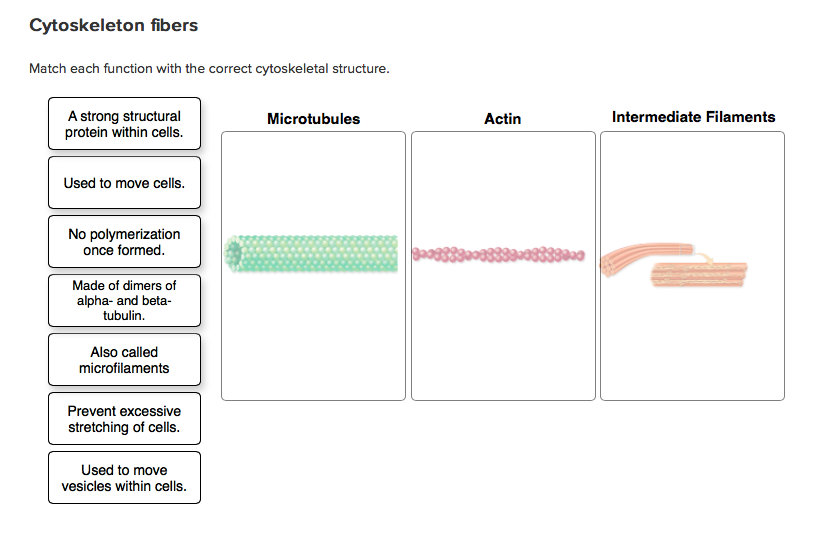
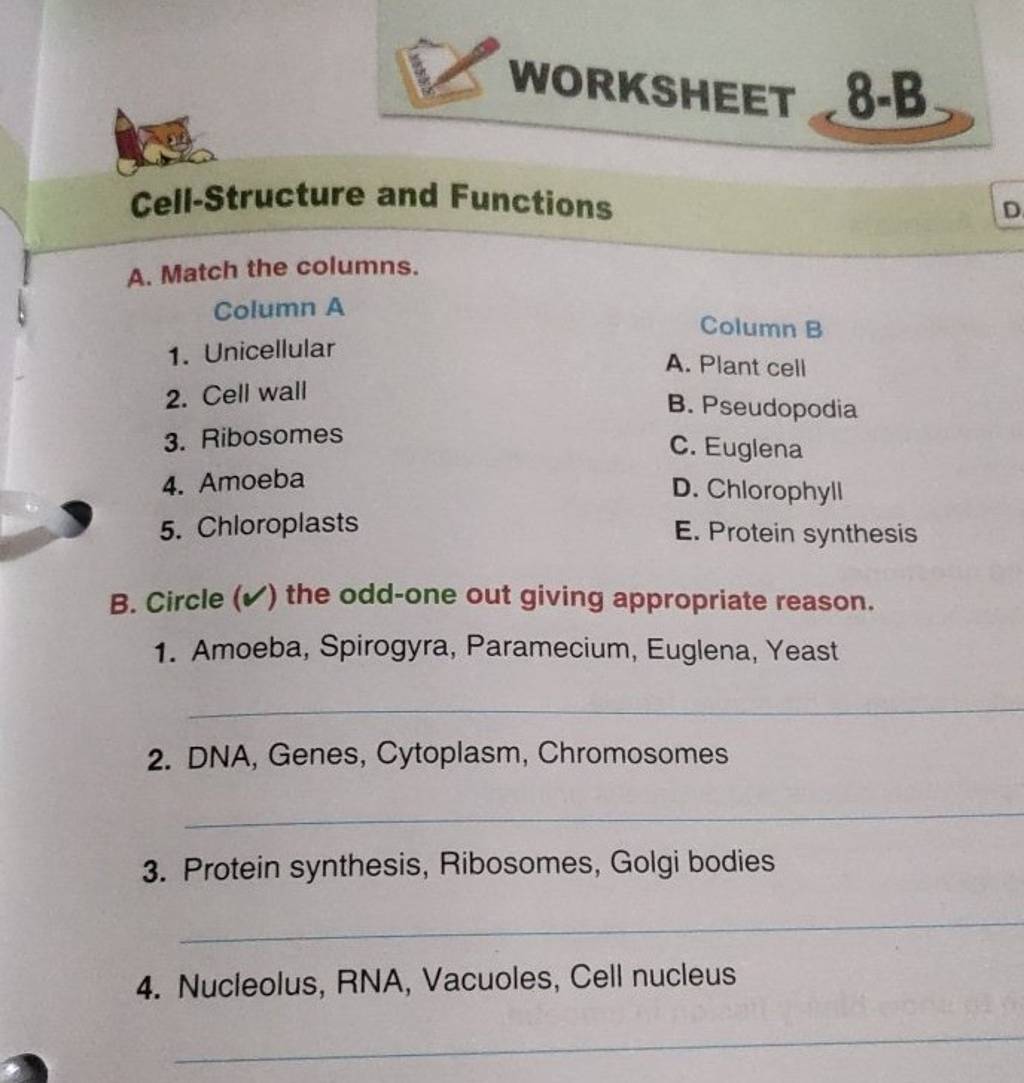
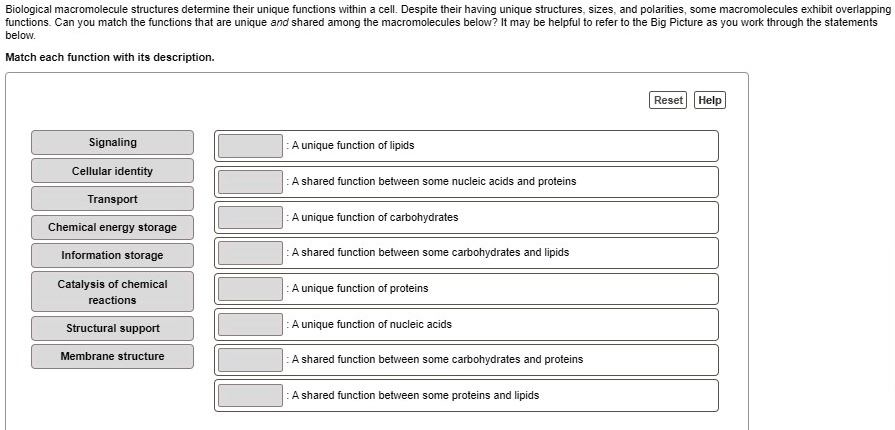
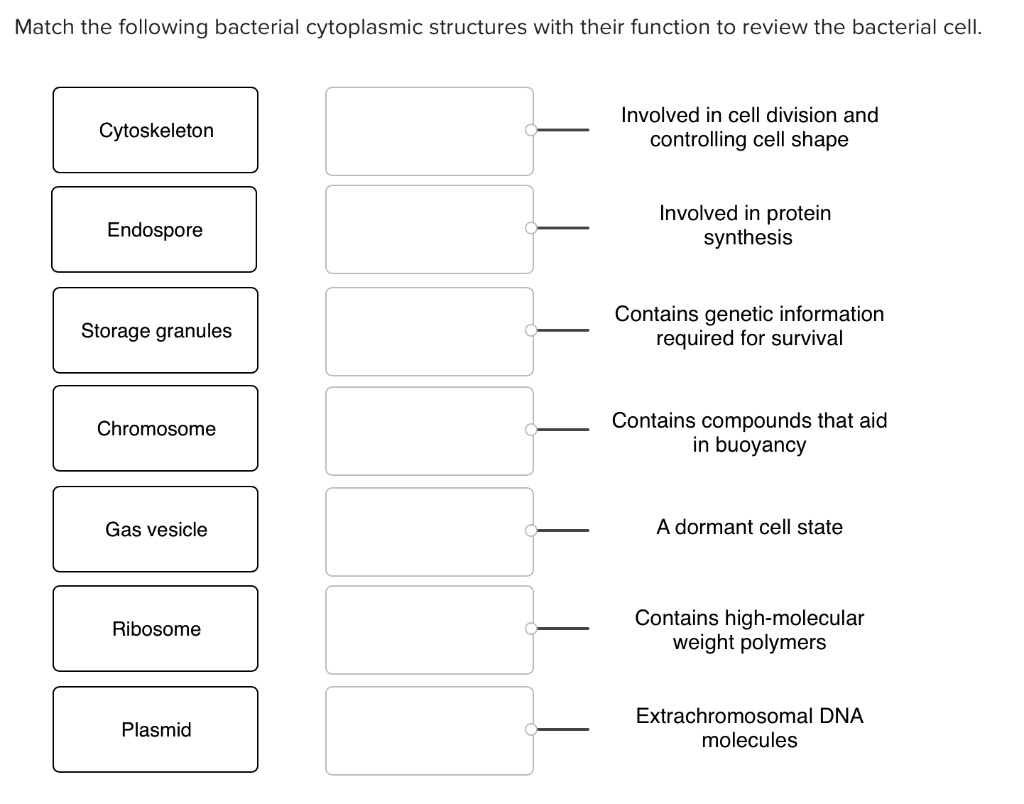

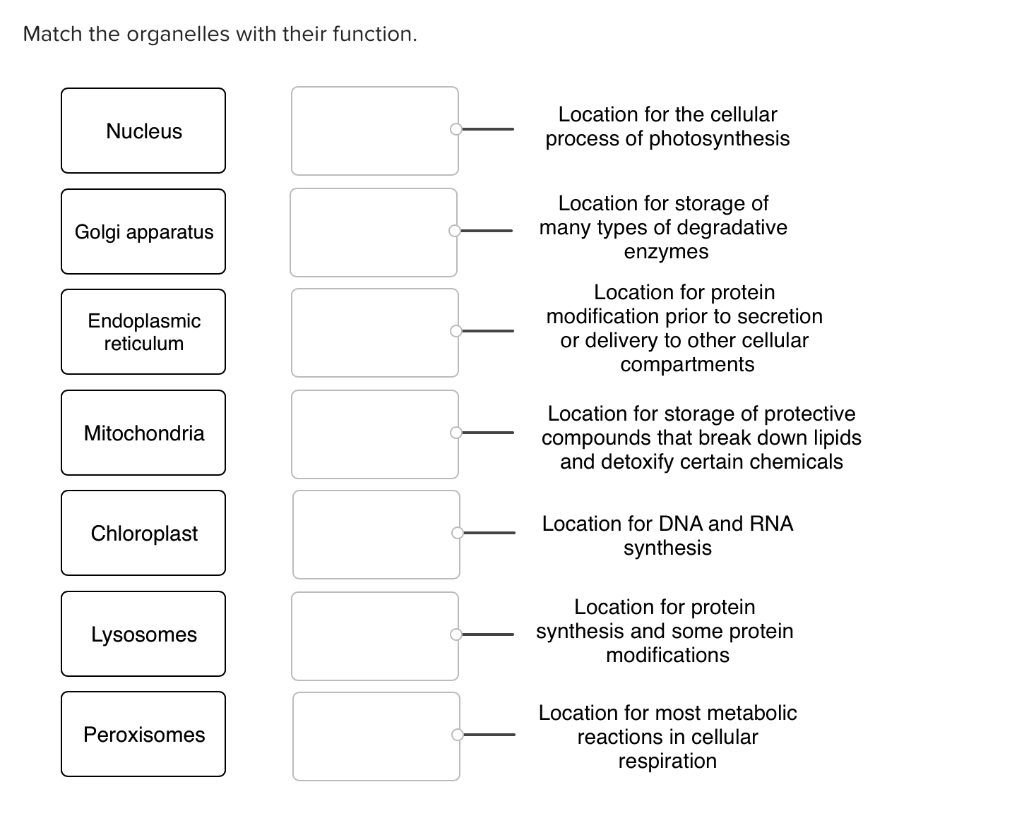
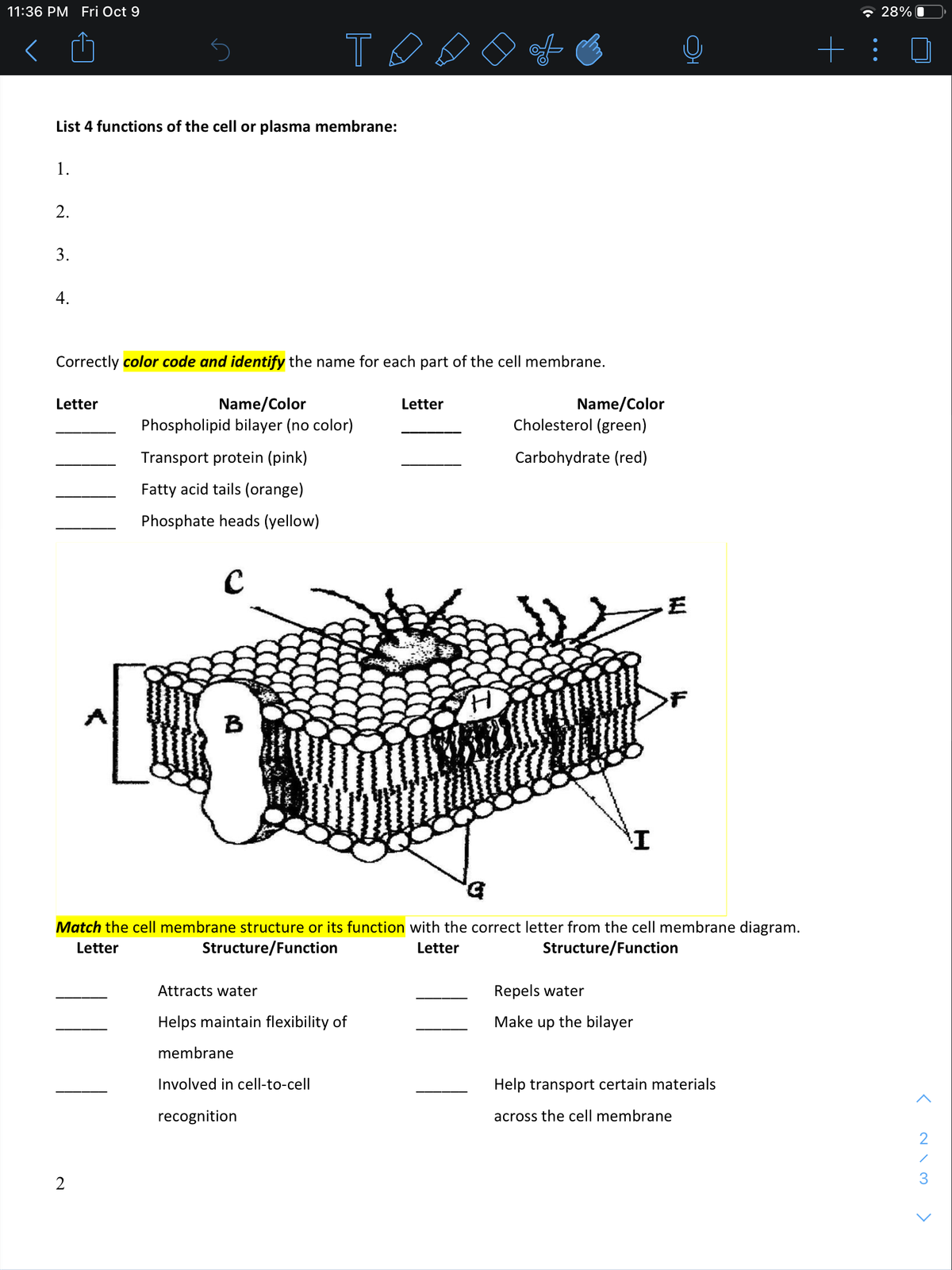
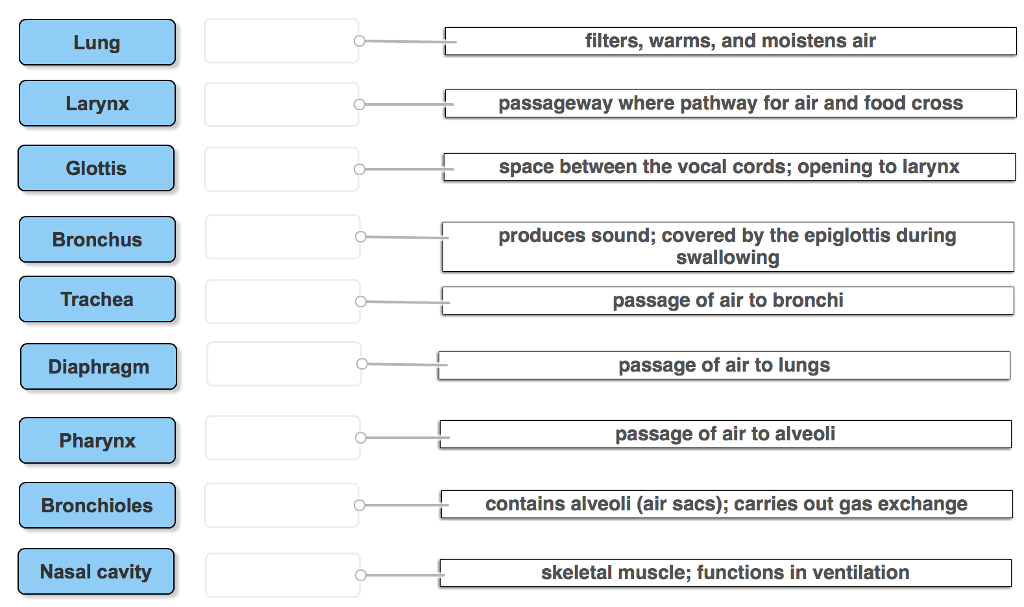

![Match The Structure With Its Protective Function [ANSWERED] Match the photosynthetic structure to its purpose/function](https://media.kunduz.com/media/sug-question/raw/82032181-1659912724.4041805.jpeg?h=512)


